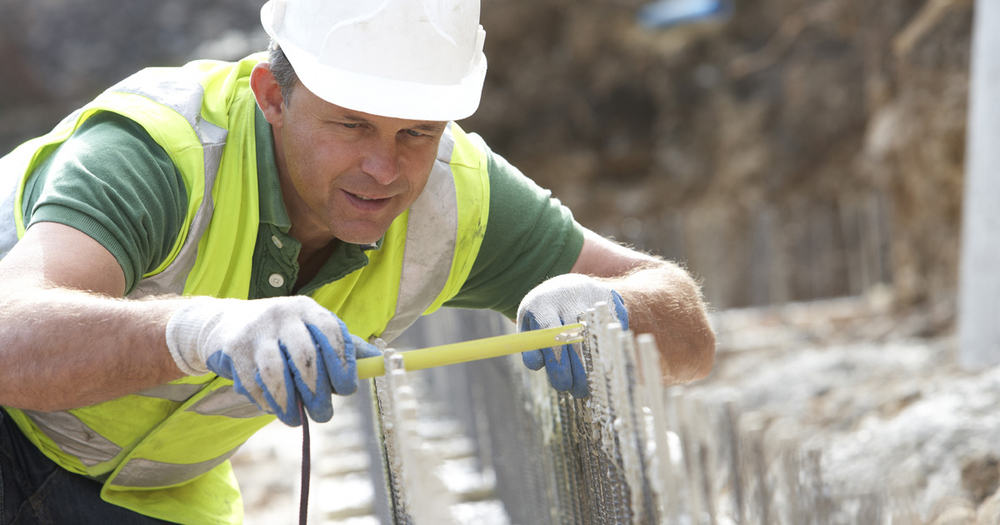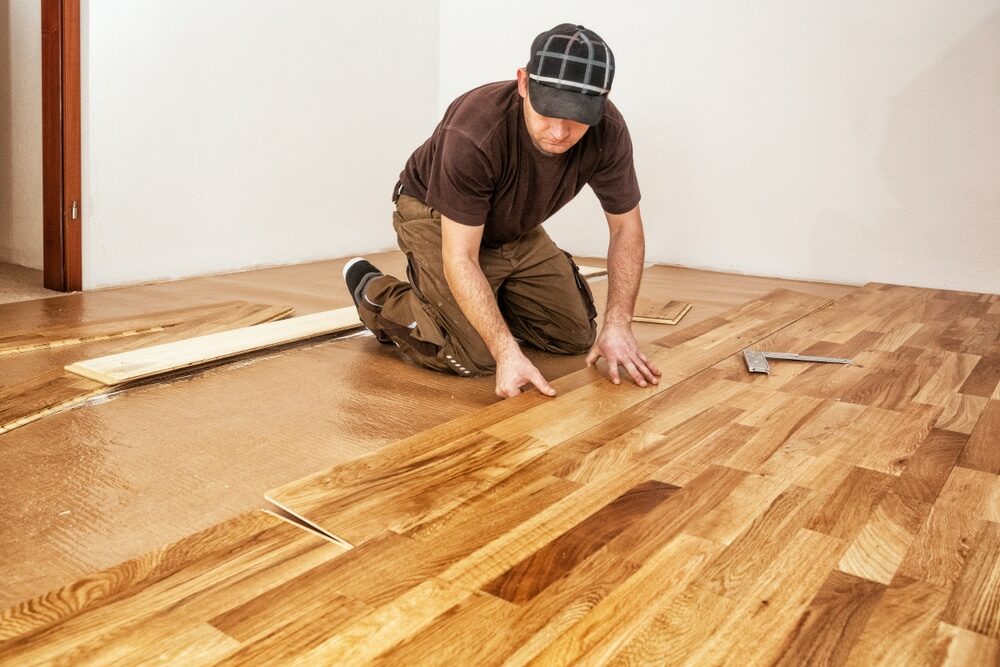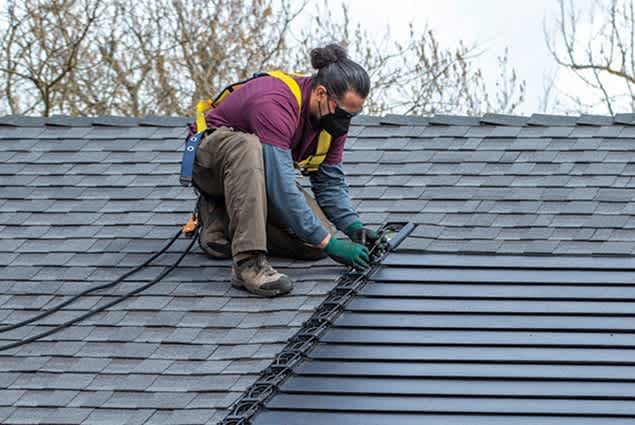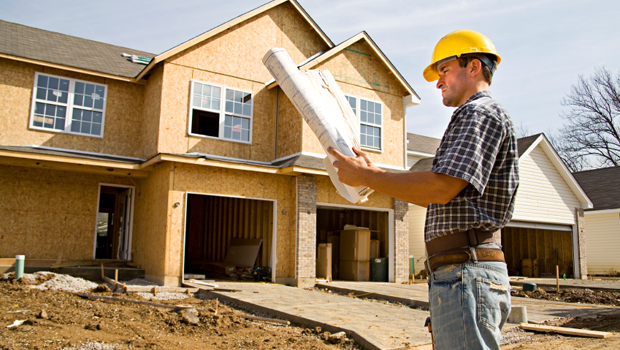The Advantages of Naturally Relaxing Outside A Complete Guide
Key Takeaways
- Explore the advantages of spending time in nature for your physical and emotional well-being.
- Learn how outdoor relaxation can boost creativity and reduce stress.
- Understand the positive impact of natural environments on overall well-being.
The Importance of Outdoor Relaxation
In today’s fast-paced world, outdoor relaxation is vital since it may enhance both physical and mental well-being. Denver above ground pools can create a serene oasis for relaxation, providing a convenient spot for unwinding and improving social connections. These pools serve as gathering places for family and friends and are perfect retreats for individuals looking to relax in their private space. Connecting with the environment is crucial for grounding oneself and providing a break from urban life. New research consistently points to how interacting with nature can improve the quality of life.
The Mental Health Benefits of Nature
An increase in mood, a decrease in symptoms of depression, and a stress reduction have all been associated with natural surroundings, according to a study published in the American Psychological Association. Nature therapy, or ecotherapy, is gaining popularity as a method to alleviate symptoms of various mental health conditions. The rhythm of nature effectively counterbalances the stress and anxiety associated with modern living. Spending time outdoors also encourages mindfulness, helping individuals focus on the present moment and mitigate the effects of chronic stress. This calming effect is significant in an age of rising mental health concerns.
How Nature Boosts Physical Health
Hiking and swimming are outdoor activities that can enhance physical health by boosting the immune system, decreasing blood pressure, and improving heart health. These activities provide the necessary exercise for maintaining a healthy lifestyle, making them suitable for people of all ages. Additionally, clean, fresh air improves lung function and oxygen intake, contributing to overall well-being. Exposure to sunlight encourages the synthesis of vitamin D, essential for strong bones, a robust immune system, and emotional regulation. Overall, outdoor activities are necessary for maintaining a healthy lifestyle.
Boosting Creativity and Focus Through Nature
Nature can help combat creative ruts by enhancing problem-solving skills and cognitive functions. National Geographic research shows that time spent in nature can boost productivity and divergent thinking. The diverse environment encourages focus and concentration, reducing mental fatigue and improving attention spans. Even short breaks in nature can improve attention. The unpredictable yet soothing natural stimuli contrast the monotonous indoor environments, promoting cognitive rejuvenation and a refreshing contrast to the structured and monotonous indoor spaces.
The Role of Serotonin and Dopamine
Outdoor activities like walking or cycling can significantly improve mental health by boosting serotonin production and dopamine levels. Exposure to natural sunshine can enhance these hormones, essential for regulating mood. Physical exertion, such as walking or cycling, also releases endorphins, which work alongside serotonin and dopamine to elevate mood and increase energy levels. Regular exposure to natural environments can improve overall mental health, promoting a balanced and fulfilling life.
Practical Tips for Outdoor Relaxation
- Schedule regular outdoor breaks: Set aside time each day to step outside,











